Home>Articles>How To Choose The Right Ladder Configuration For Stairs
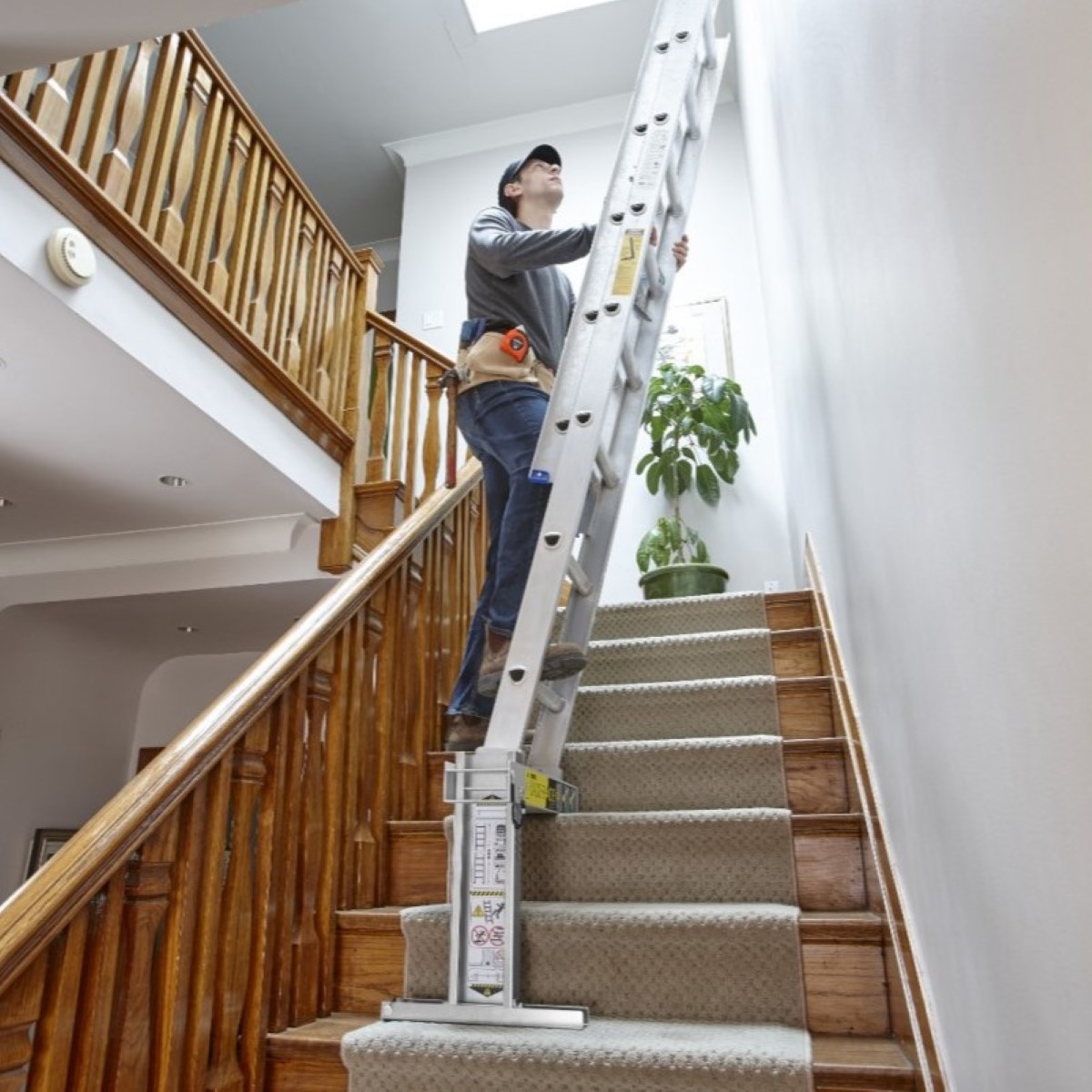

Articles
How To Choose The Right Ladder Configuration For Stairs
Modified: March 23, 2024
Discover the best ladder configurations for working on stairs in this insightful article. Learn how to choose the right articulated ladder for your needs and maximize safety and efficiency.
(Many of the links in this article redirect to a specific reviewed product. Your purchase of these products through affiliate links helps to generate commission for Storables.com, at no extra cost. Learn more)
Introduction
When it comes to working on stairs, safety and stability are of utmost importance. Choosing the right ladder configuration can make all the difference in ensuring a secure working environment. Whether you’re a professional contractor, a DIY enthusiast, or simply need to access a high point on a staircase, it’s crucial to select the appropriate ladder configuration for the job.
In this article, we will explore different ladder configurations that are suitable for working on stairs. We’ll discuss the factors to consider and how each configuration can provide stability and ease of use. By the end of this article, you’ll have a clear understanding of which ladder configuration is best suited for your specific needs.
Key Takeaways:
- Choose the right ladder configuration based on staircase design, height reach, weight capacity, and stability features to ensure safety and efficiency when working on stairs.
- Consider using a combination of ladder configurations for maximum adaptability and versatility when working on stairs with varying heights, angles, and designs.
Factors to Consider
Before delving into the specific ladder configurations, it’s important to consider a few key factors that will help determine the most suitable option for working on stairs. These factors include:
- Staircase Design: Consider the design and dimensions of the staircase you will be working on. Is it wide or narrow? Is it straight or curved? Understanding the layout and structure of the staircase will help in choosing a ladder configuration that can safely navigate the stairs.
- Height Reach: Determine the height you need to reach while working on the stairs. This will influence the type and length of ladder needed for the job.
- Ladder Weight and Portability: If you anticipate needing to move your ladder frequently or transport it between job sites, consider the weight and portability of the ladder configuration you choose. Lighter and more compact options may be preferable for ease of use.
- Weight Capacity: Evaluate the weight capacity of the ladder configuration in relation to your own weight and any additional equipment or materials you may need to carry while working on the stairs.
- Stability and Safety Features: Look for ladder configurations that offer stability-enhancing features such as anti-slip feet, adjustable leg leveling, and secure locking mechanisms. These features can greatly reduce the risk of accidents and falls.
- Ease of Use: Consider how easy it is to set up and adjust the ladder configuration. Look for options that offer quick and hassle-free setup, as well as convenient height adjustment mechanisms.
By taking these factors into account, you can make a more informed decision regarding the ladder configuration that will best meet your needs and provide optimal safety while working on stairs.
Straight Configuration
The straight configuration is perhaps the simplest and most common ladder configuration used for working on stairs. It involves using a straight ladder positioned parallel to the staircase. This configuration works well for straight staircases without any curves or turns.
In order to use the straight configuration, follow these steps:
- Select a ladder that is tall enough to reach the desired height on the stairs.
- Position the ladder at the base of the staircase, ensuring that it is stable and secure. Use the ladder’s leveling feet or adjusters to ensure proper contact with the ground.
- Lean the ladder against the wall of the staircase, ensuring that it is at a safe angle of approximately 75 degrees.
- Ensure that the ladder is securely placed against the wall or staircase to prevent slipping or wobbling.
- Climb the ladder carefully, maintaining three points of contact at all times.
The straight configuration is advantageous for its simplicity and ease of use. It allows for quick setup and does not require any additional attachments or adjustments. However, it may not be suitable for staircases with curves or turns, as the ladder may not provide sufficient stability and reach.
It is important to note that when using the straight configuration, always exercise caution and follow ladder safety guidelines. Ensure that the ladder is in good condition, free of any defects or damages. Take care to maintain your balance and avoid overreaching while working on the stairs.
While the straight configuration is suitable for many staircases, it may not be the best option for more complex stair designs. In such cases, alternative ladder configurations may provide better stability and reach. Let’s explore some of these configurations in the next sections.
Step Ladder Configuration
When working on stairs with a landing or platform, a step ladder configuration is often the preferred choice. Step ladders are self-supporting and don’t require leaning against a wall or staircase. This configuration provides stability and versatility, allowing you to work on both the stairs and the landing/platform.
To use the step ladder configuration on stairs, follow these steps:
- Choose a step ladder that is tall enough to reach the desired height on both the stairs and the landing/platform.
- Position the step ladder at the base of the stairs, ensuring that both sets of legs make even contact with the ground.
- Extend the step ladder fully and lock the spreader bars into place to ensure stability.
- Place the step ladder so that the back legs are on the landing/platform and the front legs are on the stairs.
- Ensure that the step ladder is securely positioned before climbing. Do not exceed the maximum weight capacity.
The step ladder configuration offers several advantages when working on stairs. It provides a stable and secure platform for both ascending and descending the stairs and allows you to work comfortably on the landing/platform. It eliminates the need to lean against the wall, reducing the risk of damaging the wall or staircase and providing more flexibility in positioning.
However, it’s important to consider certain limitations of the step ladder configuration. The step ladder needs to have the appropriate height to reach both the stairs and the landing/platform. If the staircase has a steep angle or uneven steps, it may be challenging to position the step ladder securely. In such cases, alternative ladder configurations such as the scaffold configuration may be more suitable.
Always follow ladder safety procedures when using the step ladder configuration. Ensure that the step ladder is on stable and level ground, and that it is in good condition without any defects. Take care to maintain your balance and avoid overreaching while working on the stairs.
The step ladder configuration offers a practical solution for working on stairs with landings or platforms. However, for staircases with complex designs or uneven steps, a scaffold configuration may provide a more stable option. Let’s explore the scaffold configuration in the next section.
When working on stairs, use the articulated ladder in the 90-degree position with one side on a higher step and the other on a lower step for stability and safety.
Scaffold Configuration
For staircases with complex designs or uneven steps, a scaffold configuration can be a reliable and secure option. The scaffold configuration involves using a ladder combined with scaffolding components to create a stable platform for working on stairs.
To set up the scaffold configuration on stairs, follow these steps:
- Choose a ladder with adjustable height and a suitable weight capacity for the job.
- Position the ladder at the base of the stairs, ensuring that it is stable and secure. Use the ladder’s leveling feet or adjusters to ensure proper contact with the ground.
- Extend the ladder to the desired height, ensuring that it leans against the staircase at a safe angle.
- Attach scaffold components such as a work platform or staging boards to the ladder to create a stable platform for working on the stairs.
- Secure the scaffold components to the ladder using appropriate fasteners or locking mechanisms.
- Ensure that the scaffold platform is level and stable before climbing up and starting your work.
The scaffold configuration provides a secure and spacious working area, allowing you to access different areas of the stairs with ease. It offers stability and eliminates the need to lean against the wall or staircase, reducing the risk of damage and providing more flexibility in positioning.
One of the key advantages of the scaffold configuration is its adaptability. It can be adjusted to accommodate staircases with various heights, angles, and designs. The use of scaffolding components also allows for the easy attachment of tools and equipment needed for the job, increasing productivity and efficiency.
However, setting up the scaffold configuration requires additional equipment and careful assembly. It is important to follow proper safety procedures and manufacturer’s instructions when using the scaffold configuration. Regular inspections of the ladder, scaffold components, and fasteners are crucial to ensure their integrity and stability.
The scaffold configuration offers a robust solution for working on stairs with complex designs or uneven steps. However, for simpler staircases or situations where maneuverability is key, a straight or step ladder configuration may be more appropriate.
Combination Configurations
In some cases, a combination of ladder configurations may be necessary to effectively work on stairs. This involves using multiple ladder types and configurations to navigate and access different sections of the staircase.
For example, you may start with a straight configuration at the base of the stairs to reach the lower steps. As you ascend the staircase, you may transition to a step ladder configuration to work on the landing or platform. Finally, you may switch to a scaffold configuration to reach higher areas or corners of the stairs.
The combination of ladder configurations allows for maximum versatility and adaptability when working on stairs with varying heights, angles, and designs. It ensures that you can safely and efficiently access all areas of the staircase without compromising on stability.
When using combination configurations, it is important to carefully plan and assess the requirements of the job. Consider the layout of the staircase, the height you need to reach, and the specific tasks you need to accomplish. This will help determine the suitable ladder configurations and the sequence in which they should be used.
Ensure that each ladder configuration is set up and secured properly before use. Regularly inspect the equipment for any signs of wear or damage.
Combining ladder configurations may require additional time and effort compared to using a single configuration. However, it offers the advantage of versatility and adaptability to work on stairs that have different characteristics and challenges.
Always prioritize safety when using combination configurations or any ladder setup. Follow proper ladder usage guidelines, maintain a stable and secure working environment, and use appropriate personal protective equipment.
The combination configurations provide a flexible and customizable approach to working on stairs. By strategically using different ladder types and configurations, you can ensure efficient and safe completion of your tasks.
Conclusion
Choosing the right ladder configuration for working on stairs is essential to ensure safety, stability, and efficiency. Each ladder configuration offers unique benefits and considerations depending on the design and requirements of the staircase.
The straight configuration is a simple and common option for straight staircases, providing ease of use and quick setup. However, it may not be suitable for staircases with curves or turns.
The step ladder configuration offers stability and versatility for staircases with landings or platforms. It eliminates the need to lean against the wall, providing a secure platform for working on both the stairs and the landing.
In cases of complex stair designs or uneven steps, the scaffold configuration is a robust solution. By combining ladders with scaffolding components, it creates a stable and spacious working platform.
Sometimes, a combination of ladder configurations may be necessary to effectively work on stairs. This allows for maximum adaptability and versatility, ensuring access to all areas of the staircase.
When choosing a ladder configuration, consider factors such as staircase design, height reach, ladder weight, weight capacity, stability features, and ease of use. It’s important to prioritize safety, follow ladder safety guidelines, and regularly inspect and maintain the ladder and associated components.
By carefully assessing the characteristics and requirements of the staircase, selecting the appropriate ladder configuration, and following proper safety procedures, you can confidently and safely work on stairs with optimal stability and efficiency.
Remember, every project and staircase is unique, so evaluate your specific needs and choose the ladder configuration that best suits your requirements for a safe and successful outcome.
Frequently Asked Questions about How To Choose The Right Ladder Configuration For Stairs
Was this page helpful?
At Storables.com, we guarantee accurate and reliable information. Our content, validated by Expert Board Contributors, is crafted following stringent Editorial Policies. We're committed to providing you with well-researched, expert-backed insights for all your informational needs.
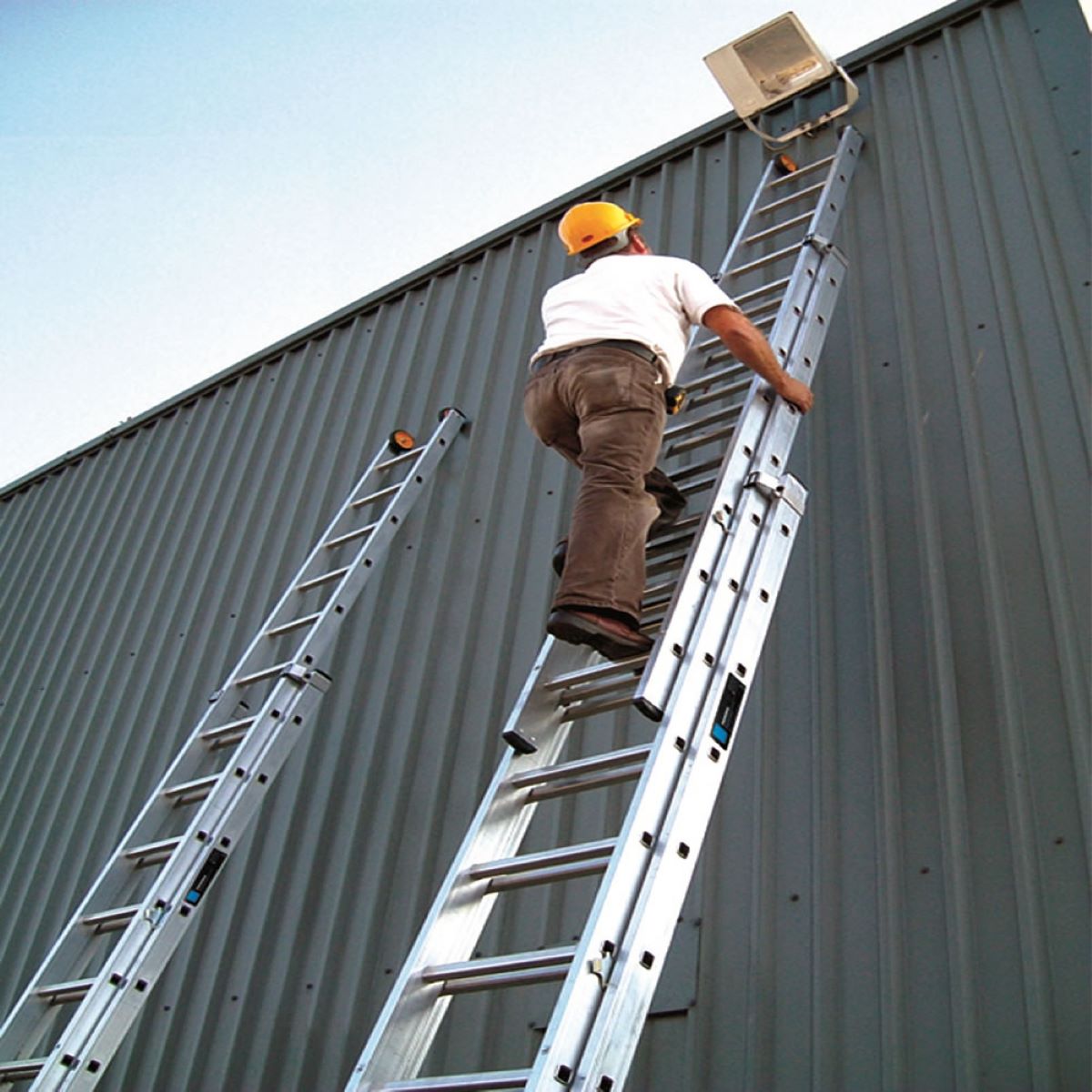
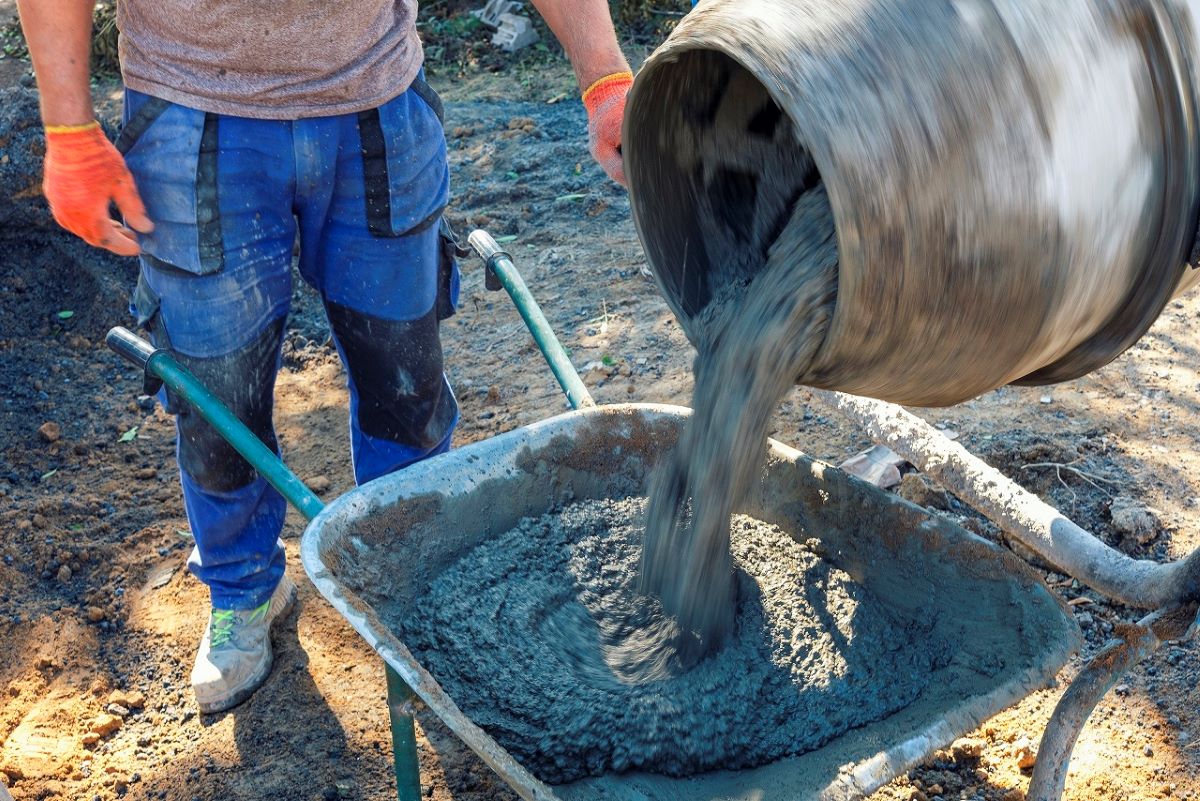
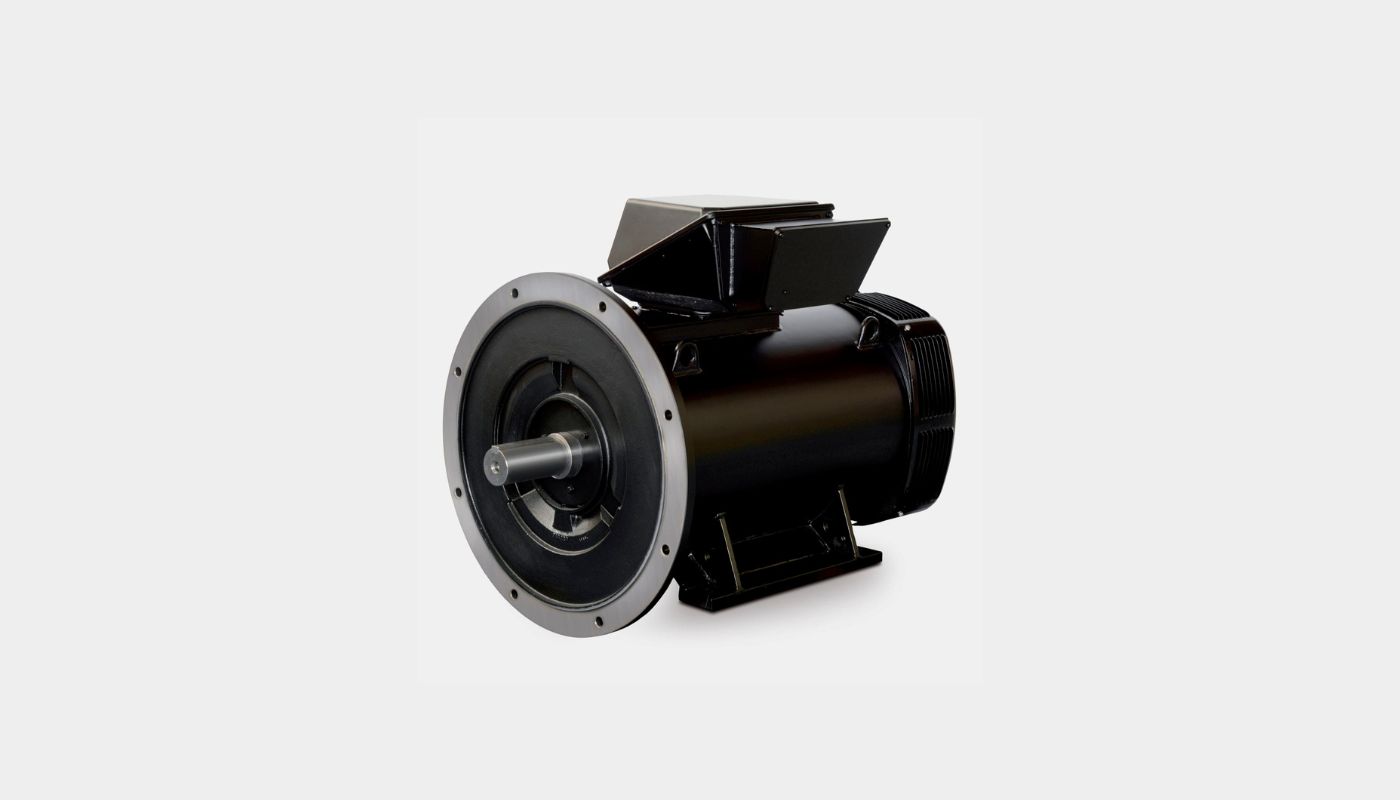

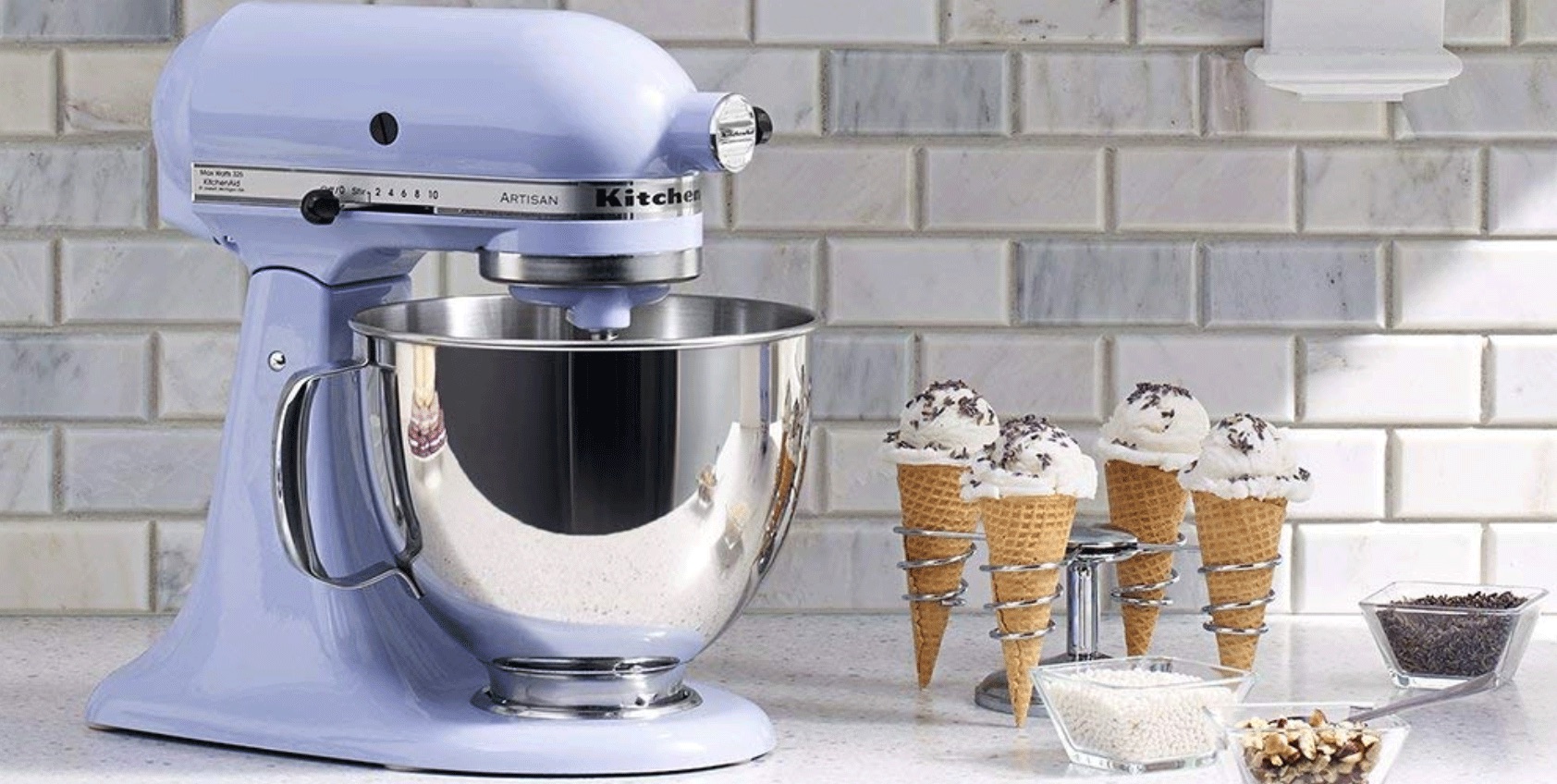
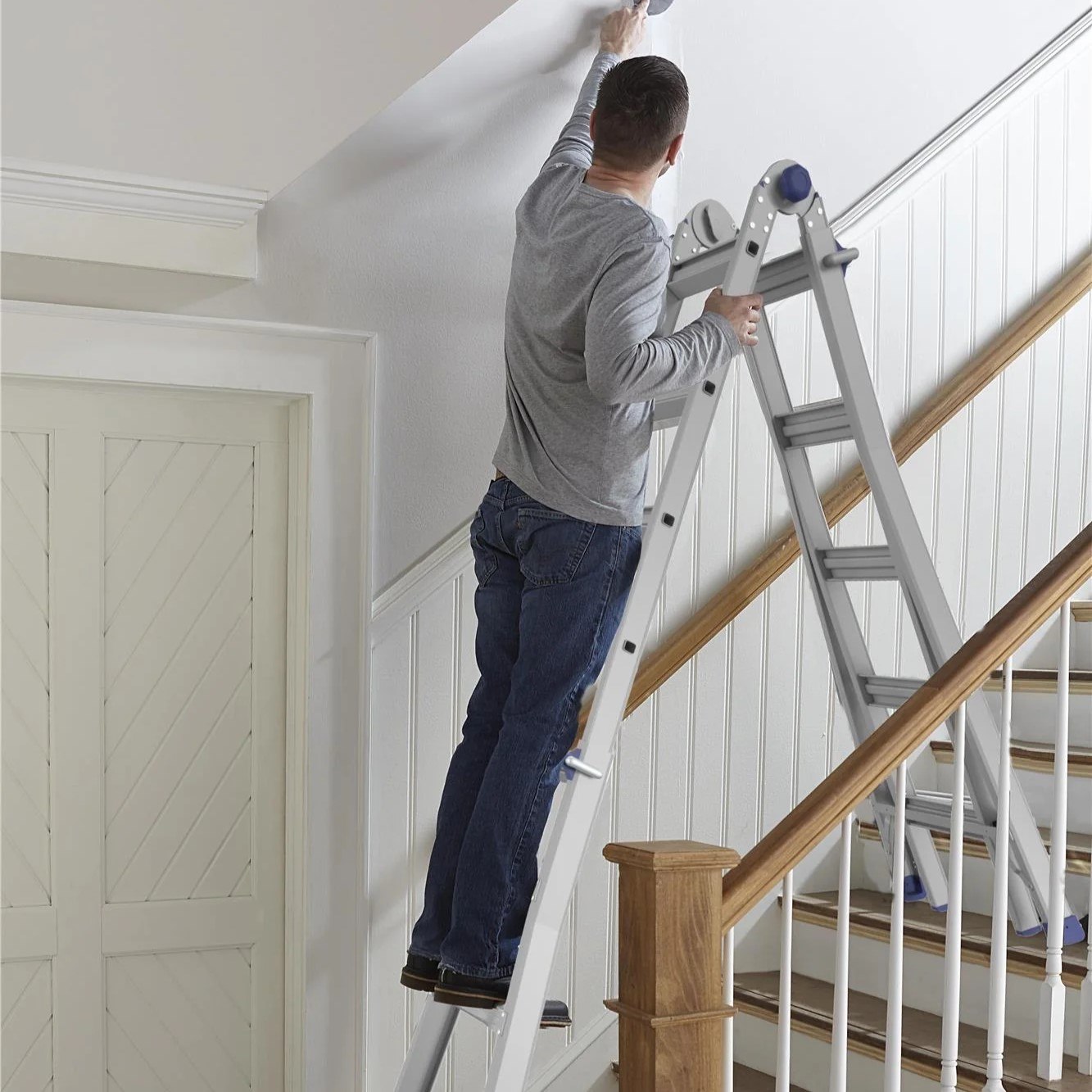
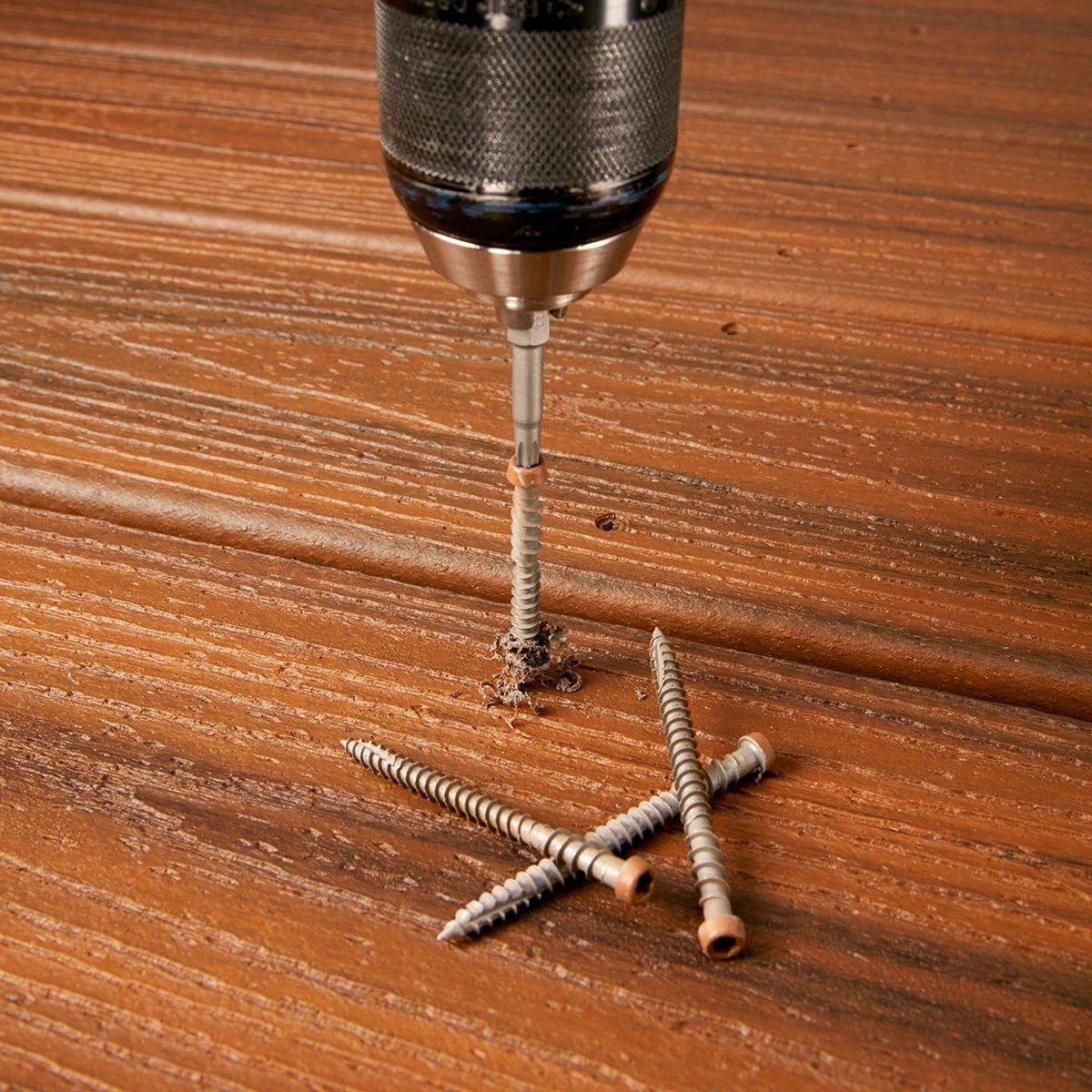
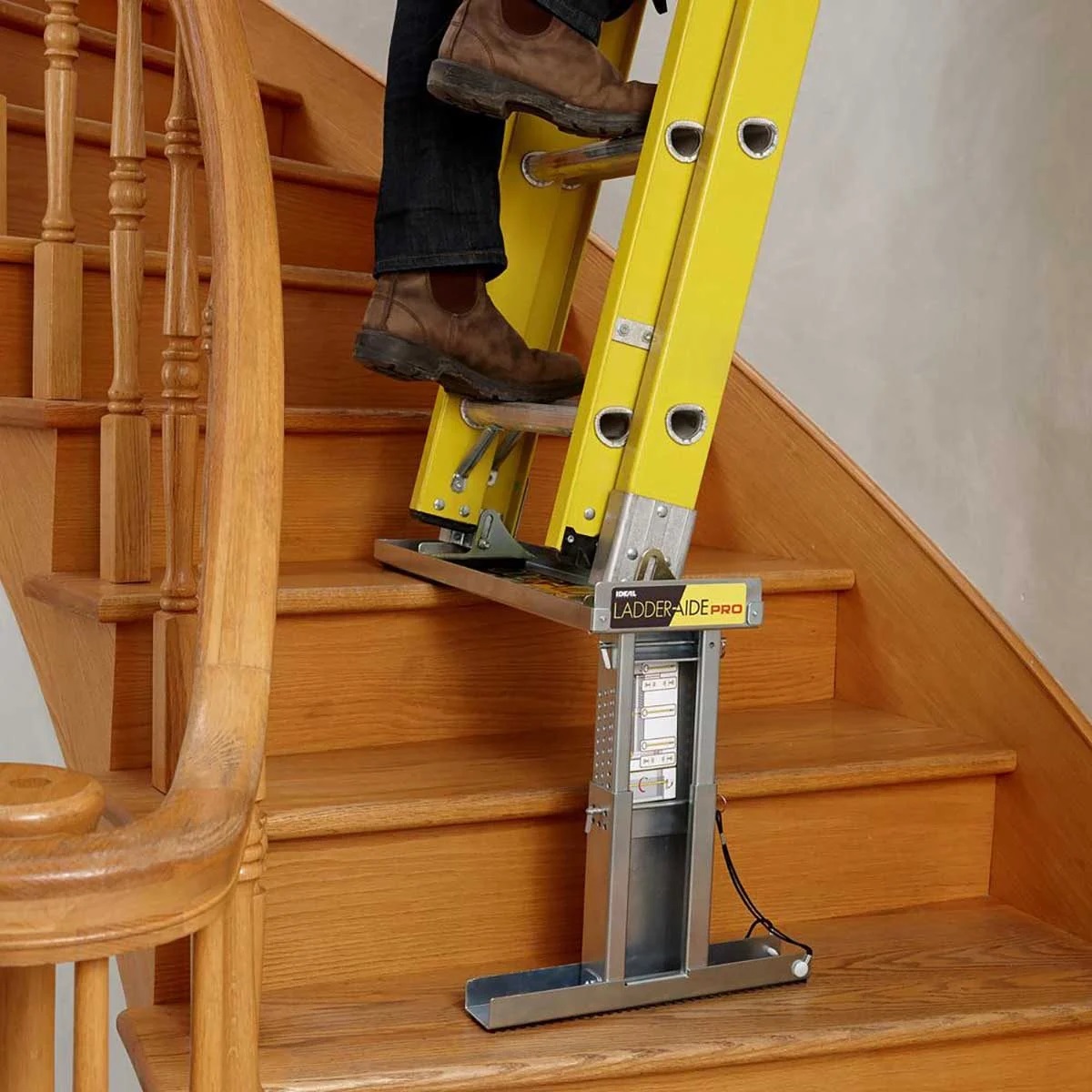
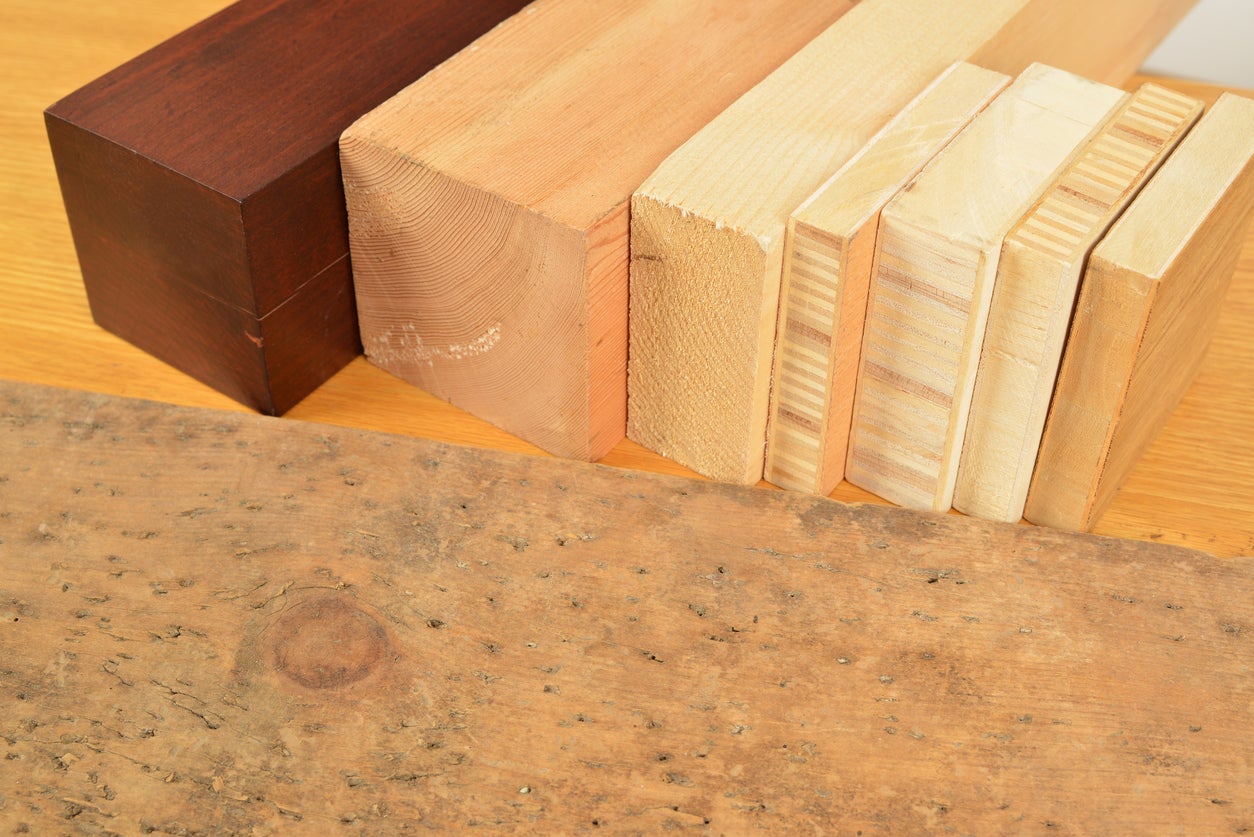
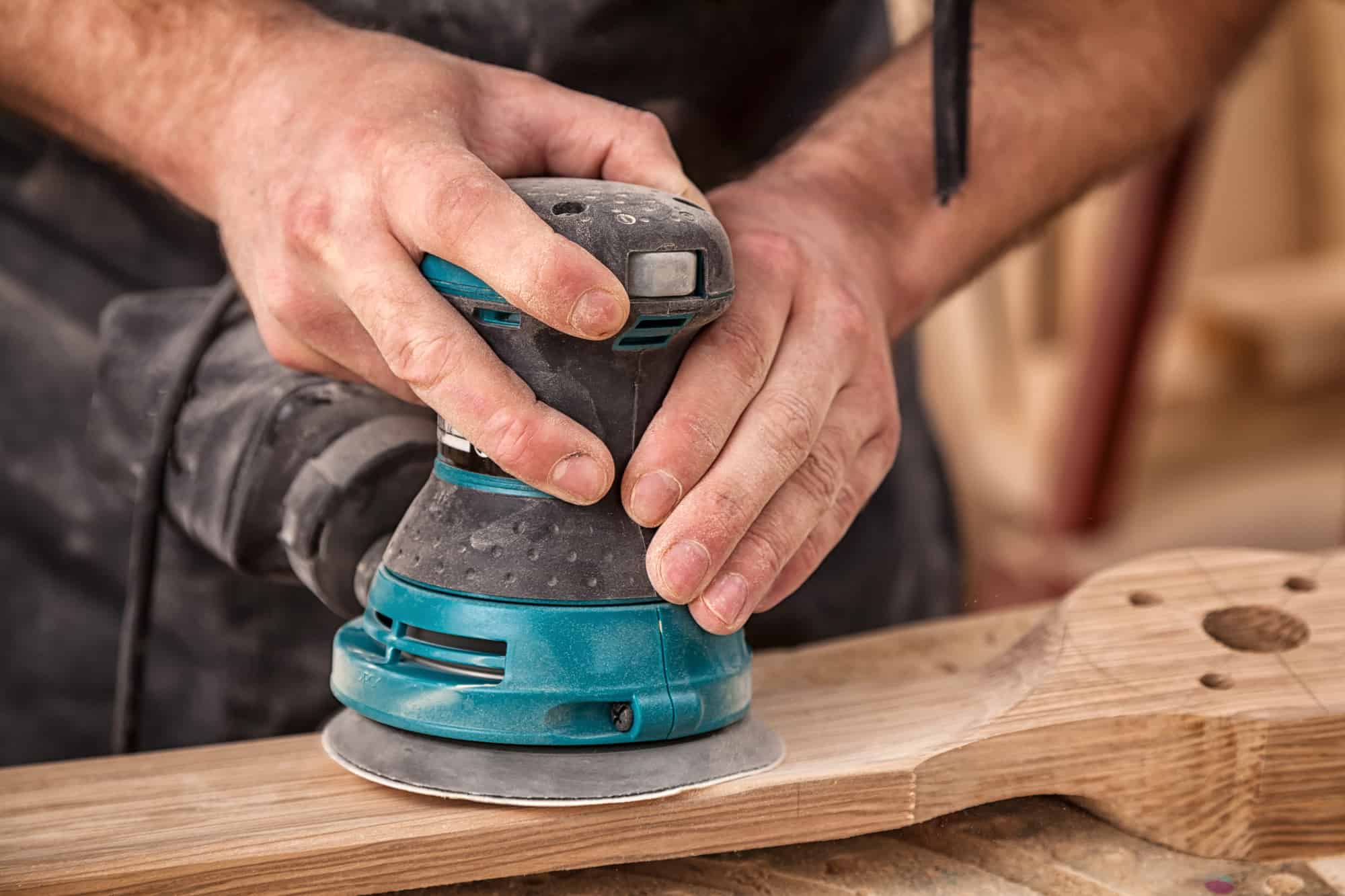


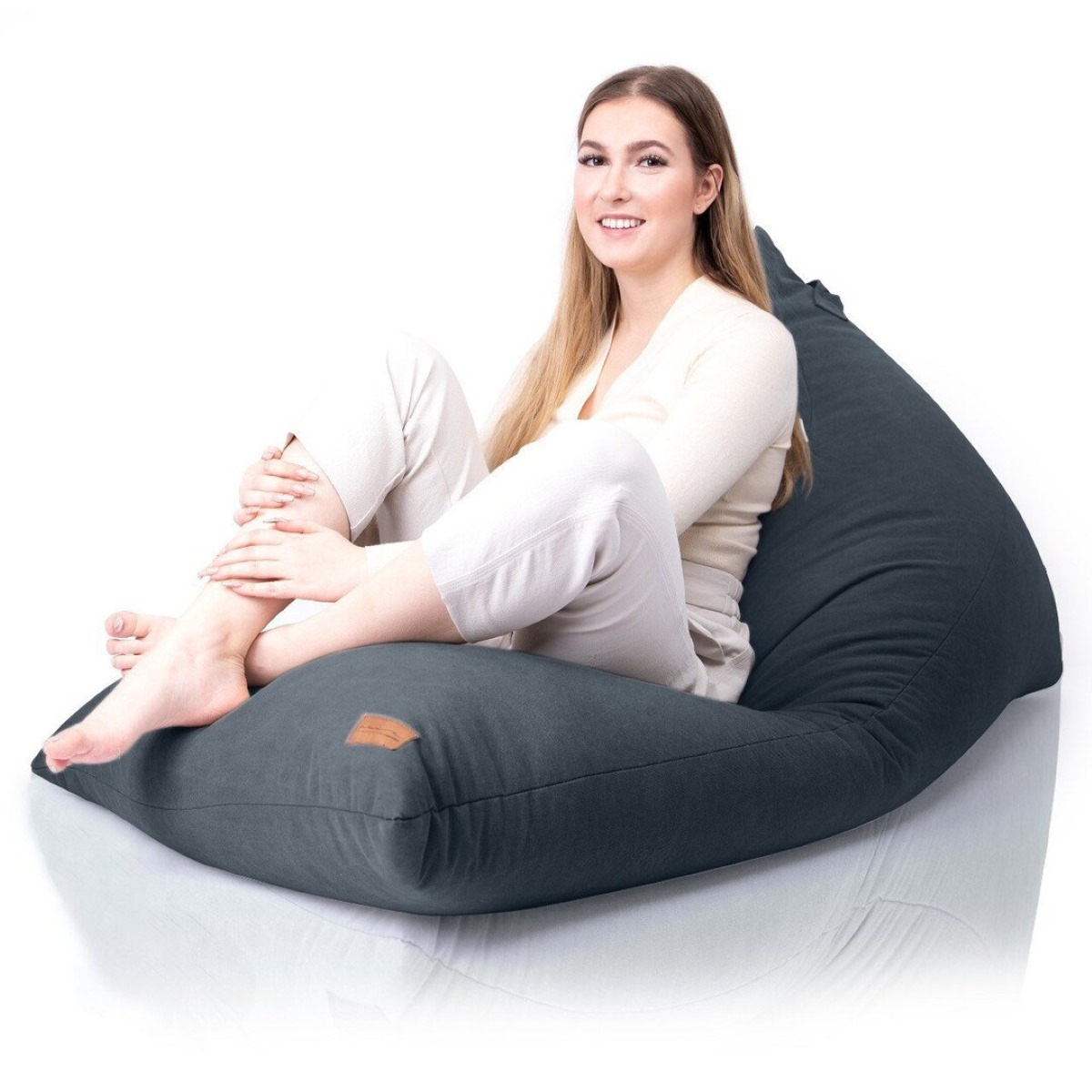


0 thoughts on “How To Choose The Right Ladder Configuration For Stairs”